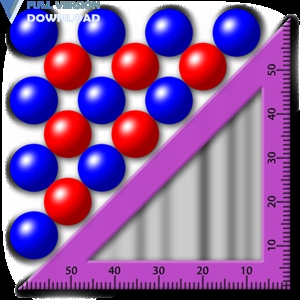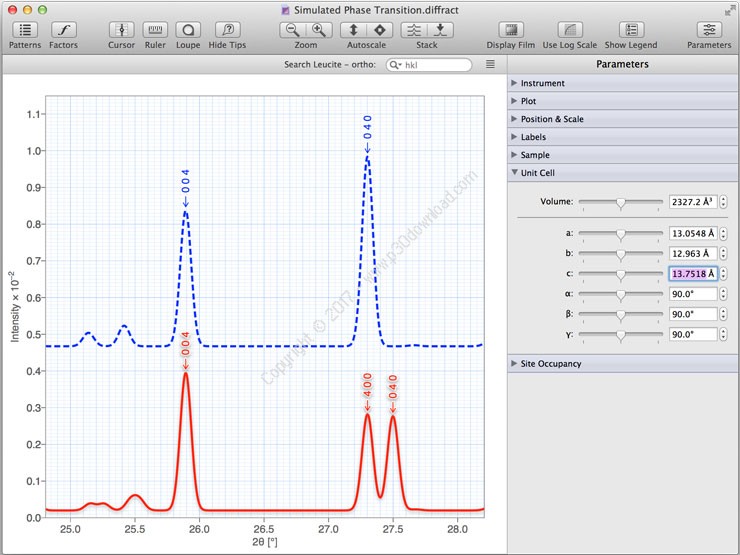
Though “pay to use”, it is one of the more affordable ones ($250 at the moment of this writing is the price for a personal license) and the company offers several licensing types.
#Crystaldiffract tutorial software
Crystal Diffract CrystalDiffract is a purchasable software suite which is published by CrystalMaker Software®. cif files, visualize extended unit cells, calculate secondary interactions, and provide information on bond lengths/angles. Mercury can calculate PXRD patterns out of. The program is marketed as a powerful visualization tool, yet it has much more capabilities than that. The program can also be used to produce high quality images of molecules from the crystallographic data through POV-Ray rendering.

cif files (crystallographic information files) and other formats commonly found in crystallography (e.g.res.
#Crystaldiffract tutorial free
This powerful crystal structure analysis software includes a “pay to use” portion of it, but also a free software which can be used for the analysis of. Mercury – Crystal Structure Visualization Mercury is a program freely available and published by the CCDC. From here on, the activities that use these software will be defined as (a) and (b). Materials Two software suites were utilized for the design and implementation of these activities, (a) Mercury and (b) CrystalDiffract. This article therefore, focuses on the attempts to introduce the topic of crystallography at GCSU, in an affordable way, for the past 3 years via the use of two new in-class activities.

In addition, instrumental costs can reach the $500,000 mark. Yet some of these require pre-existing data sets that might be difficult for instructors to acquire who have not had previous exposure (or performed some structure determination in the past). In the past, several attempts have been made to introduce crystallography at the undergraduate level in classrooms and laboratories alike. Single Crystal X-Ray Diffraction (SCXRD) and Powder X-Ray Diffraction (PXRD) may seem like topics out of the grasp of undergrads, but there exist a variety of software and resources accessible to primarily undergraduate schools (PUIs), without breaking departmental budgets. Therefore, it is a true fact that crystallography be included in the undergraduate chemistry curriculum. According to the Cambridge Crystallographic Data Centre (CCDC), over 900,000 examples of approved and revised crystal structures have been entered since its inception. Introduction Ever since the discovery of X-rays by Rӧntgen, crystallography has become an important tried and true way for structural determination. Two guided inquiry research type assignments are herein discussed that expose students to crystallography and enhance literature review/analysis skills that allows them to become better undergraduate researchers.ġ.

Thus, the aim of this article is to touch upon the attempts to introduce the topic of crystallography to undergraduates of the inorganic chemistry laboratory at Georgia College and State University (GCSU). While accessibility to high-tech instrumentation is indeed an obstacle, there are educational sources that are quite accessible for undergraduate students, merely requiring a working computer to make use of them. State of the art X-ray diffraction instruments typically reach the ~$500,000 range and are rarely available to primarily undergraduate institutions. Several attempts have been made to introduce crystallography topics at the undergraduate level, but the one present obstacle is the availability of instrumentation for undergraduates to run experiments in. Chemical crystallography is considered one of the essential characterization techniques of inorganic chemistry since it is a critical tool in the structural determination of molecules small and large.


 0 kommentar(er)
0 kommentar(er)
